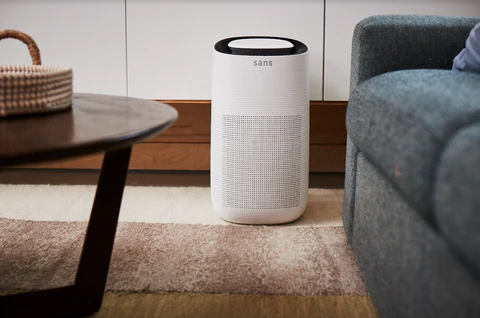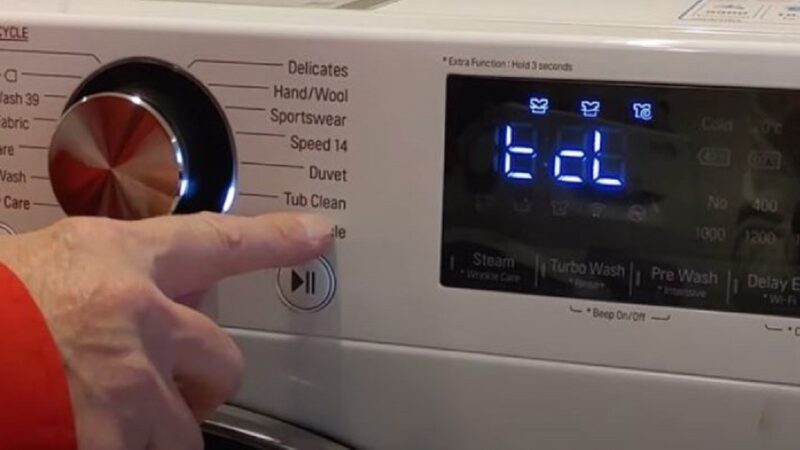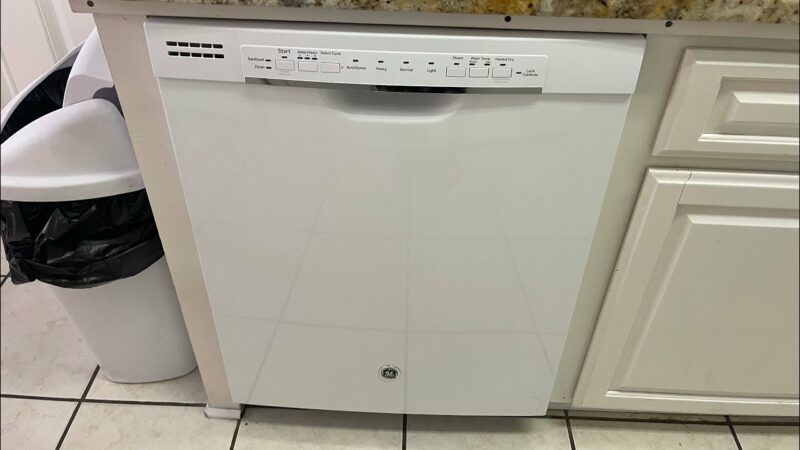How Can I Connect a Generator to My House Without a Transfer Switch?
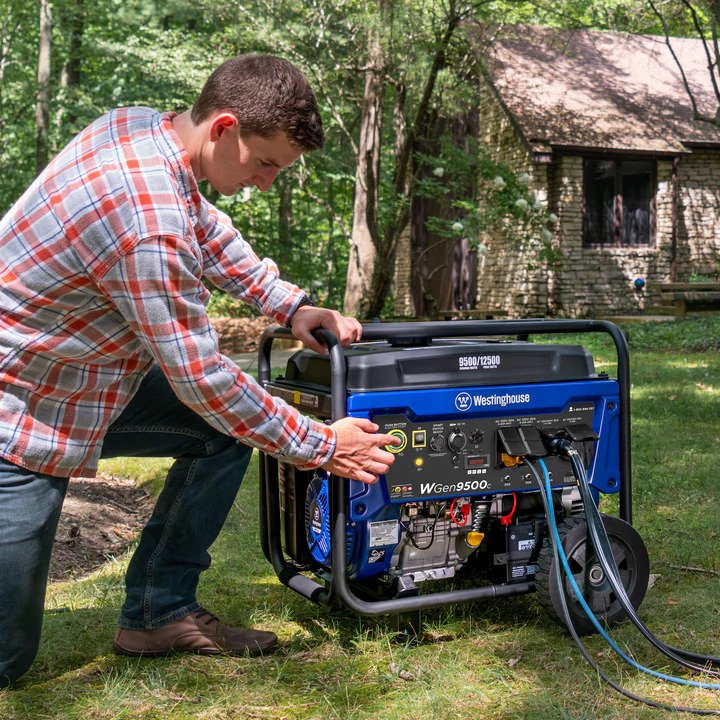
Connecting a generator to house without transfer switch is a bit tricky. Imagine living in a place where the lights go out all the time. It can be frustrating, right? But don’t worry, there’s a solution. If you have a generator at home, you’ll never have to stress about the power going out again.
A generator is like a backup plan for electricity. It can provide power when the lights go out, so you can keep using your appliances and keep your home lit up. It’s like having a superhero always ready to save the day.
A generator with a transfer switch is a special kind of generator that’s really important for safety. Think about it like a secret agent ensuring everything stays safe and sound.
This type of generator is connected to a switch in your electrical panel, which is like a big control center for all the electricity in your home.
When the power goes out and the generator kicks in, the transfer switch makes sure that the electricity from the generator flows safely into your home, so you can keep all your lights and appliances working. Like a secret agent protects us, the transfer switch protects your home’s electricity system.
In this article, we have covered every aspect on how to connect generator to house without transfer switch. Also in the end, we have provided a detailed video on how to connect generator to house without transfer switch.
What is a Transfer Switch?
Have you ever heard of a transfer switch? It’s like a small control center for electricity, which can be really helpful when the power goes out. Imagine the power company is the main source of electricity for your home, but when there’s a blackout, you can use a generator instead.
A transfer switch ensures that the generator’s electricity flows safely into your home, just like how a control center directs traffic.
You can plug your portable generator into an outlet outside your house, and the transfer switch will take over to make sure the electricity gets to where it needs to go.
According to ConsumerReports.org, transfer switches are like “miniature circuit breaker panels” that help keep the power on even when the main source goes out.
ALSO READ: PROPANE VS. GAS GENERATORS – WHICH IS BETTER?
What Role Does a Transfer Switch Plays?
Having a transfer switch with your generator is like having a super helpful assistant to make sure everything stays safe and efficient when the power goes out.
Imagine every time the power went out, and you had to unplug all your appliances and plug them into the generator one by one. That would take a long time and be really tiring, right?
Well, that’s where the transfer switch comes in. With a transfer switch, you don’t have to worry about unplugging and replugging everything every time the power goes out. Instead, the transfer switch automatically does it for you, making it much more efficient and effective.
That’s why it’s great to have a transfer switch with your generator.
A transfer switch is like a safety guard for your home’s electricity. It helps prevent bad things from happening, like people getting hurt, fires starting, or your appliances and equipment getting damaged.
When the power goes out, and you turn on your generator, it can be like many cars trying to drive on the road all at once.
The transfer switch helps control the flow of electricity, so it’s not too much for your home to handle.
Like how a traffic guard helps control the flow of cars and keeps everyone safe, the transfer switch helps keep your home’s electricity safe and under control. That’s why having a transfer switch with your generator is important.
Scroll below to learn how to connect a generator to a house without a transfer switch.
ALSO READ: Convert Your Portable Gas Generator to Natural Gas With Easy Steps
Why There is a Need to Connect a Generator to Your Home Without a Transfer Switch?
Sometimes, when there’s an emergency, and the power goes out, you might be tempted to connect your generator directly to your home. But that’s not safe. Think of it like playing with fire – it can be dangerous and cause harm.
However, in special situations, like if you just got a new generator and a power outage happens before a special technician can come and install it properly, you might need to connect it directly to your home.
In these cases, it’s important to be extra careful and ensure you understand what you’re doing. Always try to get the generator installed by a professional as soon as possible to keep your home and family safe.
ALSO READ: How to Hook Up a Generator to Your House
5 Simple Ways to Connect Generator to House Without Transfer Switch
Imagine you have a big toy box; inside it, you have all your toys that need electricity. Now, you have a toy generator that can provide power, but you need to connect it to the toy box in the right way.
There are several ways to do it; check them out below:
- Breaker Box Connection: You can use a special wire and a special switch (called a breaker) to connect the generator to the toy box. The special switch will cut off the power when you don’t need the generator.
- Main Electrical Panel Connection: You can connect the generator to the main control panel for all your toys. Instead of connecting directly, you can use a smaller control panel.
- Transfer Switch Connection: This special device connects the generator to the main control panel. When there is a problem, it can automatically switch the power supply from the generator to the main panel.
- Relay Connection: A relay is like a special switch that can stop the power when there is a surge or problem. You can connect the generator to the relay, which will turn on and off.
- Power Inverter Connection: This is the easiest way to connect the generator. A power inverter is like a magic box that can change the generator’s power into a type that all your toys can use.
When you’re doing something that might be dangerous, like using tools or chemicals, it’s important to be careful. This means you should always follow the rules and be safe.
PRO TIP: If you don’t know what you’re doing, it’s a good idea to ask someone who does, like a grown-up or a professional. They can help you make sure you don’t get hurt.
Tools Needed
Below is the list of tools needed to connect a generator to a house without a transfer switch:
- Metal waterproof box
- Three-pronged round plug and wire
- Double outlet receptacle kit
- Extension cord
- Power consumption watt tester
- Philip screw
- Safety gears
- Drill Machine
- Sealant
- Generator set
- Oscillating tools
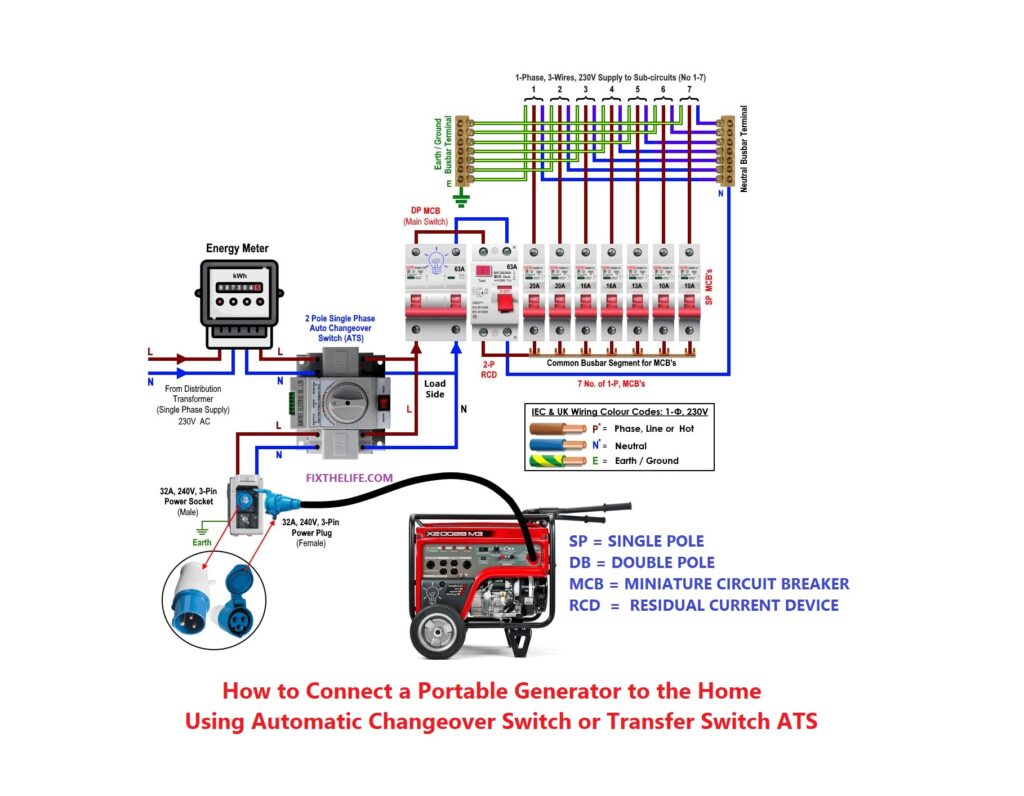
How to Connect a Generator to House Without Transfer Switch – EASY STEPS
- First, you must turn off the power to work safely on the generator. This means finding the circuit breaker box and flipping the switch to turn off the electricity. If you’re unsure which switch to turn off, turn them off.
- Now that the power is off, you need to find the main line that brings electricity into your house. This is a big, heavy wire and it’s held in place by a clamp. To disconnect it, you need to unscrew the clamp.
- To give the generator power, you need to connect the copper wire you just disconnected to a black wire from the generator.
- Then, you need to connect a white wire from the main line to a white wire from the generator.
- The next step is to connect the ground wire from the main line to the ground wire from the generator.
- Finally, find a red wire from the generator and connect it to the circuit breaker. But remember to leave the main breaker off.
The work is done now, the generator is now connected to your house. To turn the lights on, flip the main breaker switch back on. If the lights don’t turn on, there’s a loose wire somewhere. You need to check for any loose wires and fix them.
Also, you can watch this video to know how to connect generator to house without transfer switch.
Conclusion
Connecting your generator to your home without a transfer switch requires a few steps to ensure safety and proper function. You need to turn off the power by flipping the circuit breaker switch, disconnect the main line that brings electricity into your house, connect the generator’s wires to your home’s electrical system, and turn the main breaker back on.
If everything is connected properly, the lights should turn on. If not, check for any loose wires and fix them. It’s important to follow all the steps carefully and to have a professional help you if you need more confidence.
This guide lets you connect your generator to your home without a transfer switch. But if you need help, call a professional to connect your generator to your home without a transfer switch.


